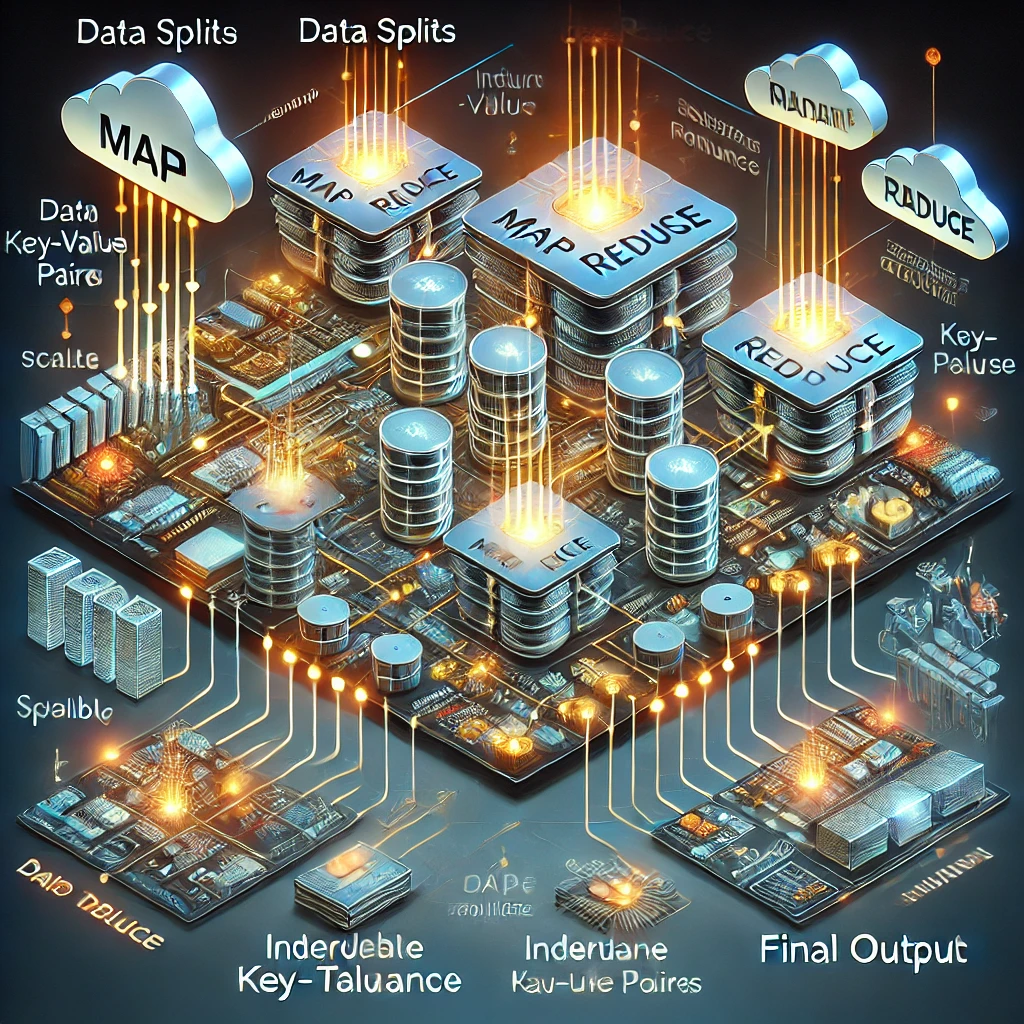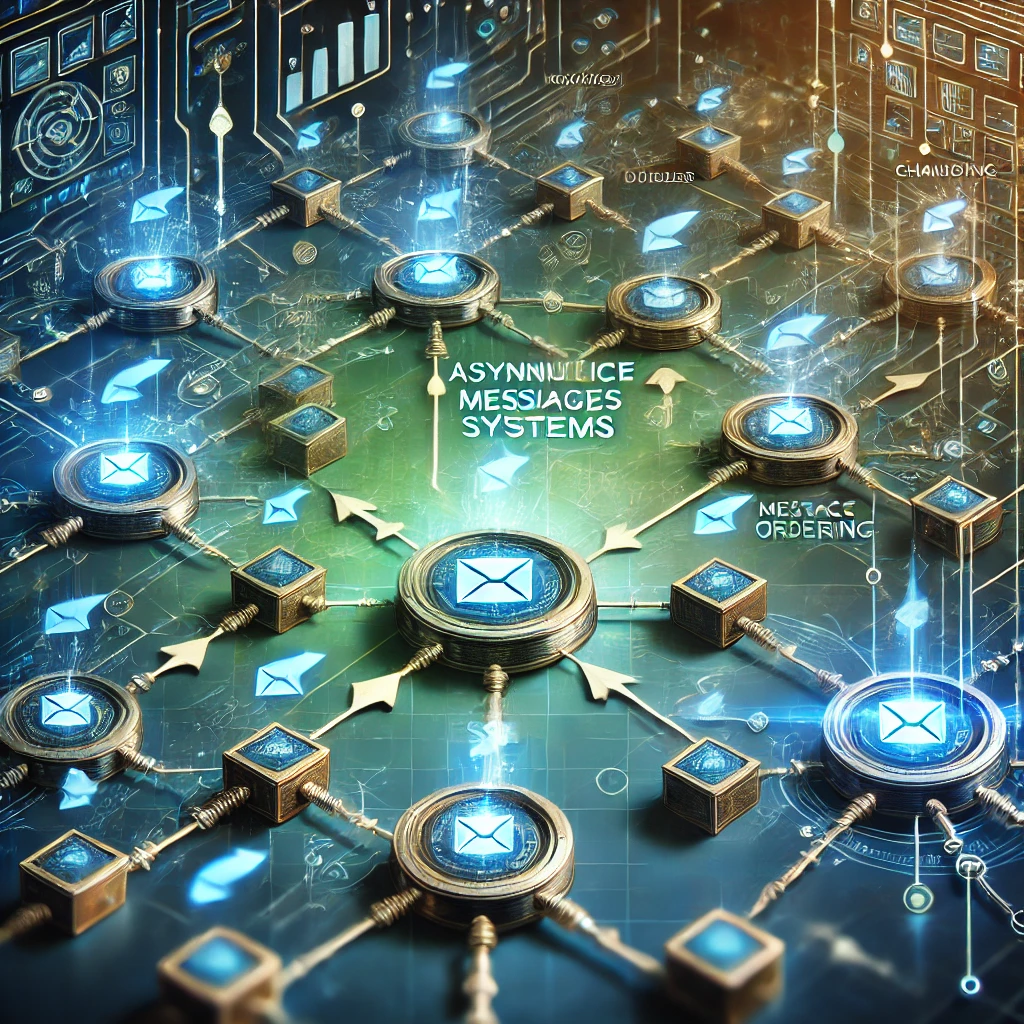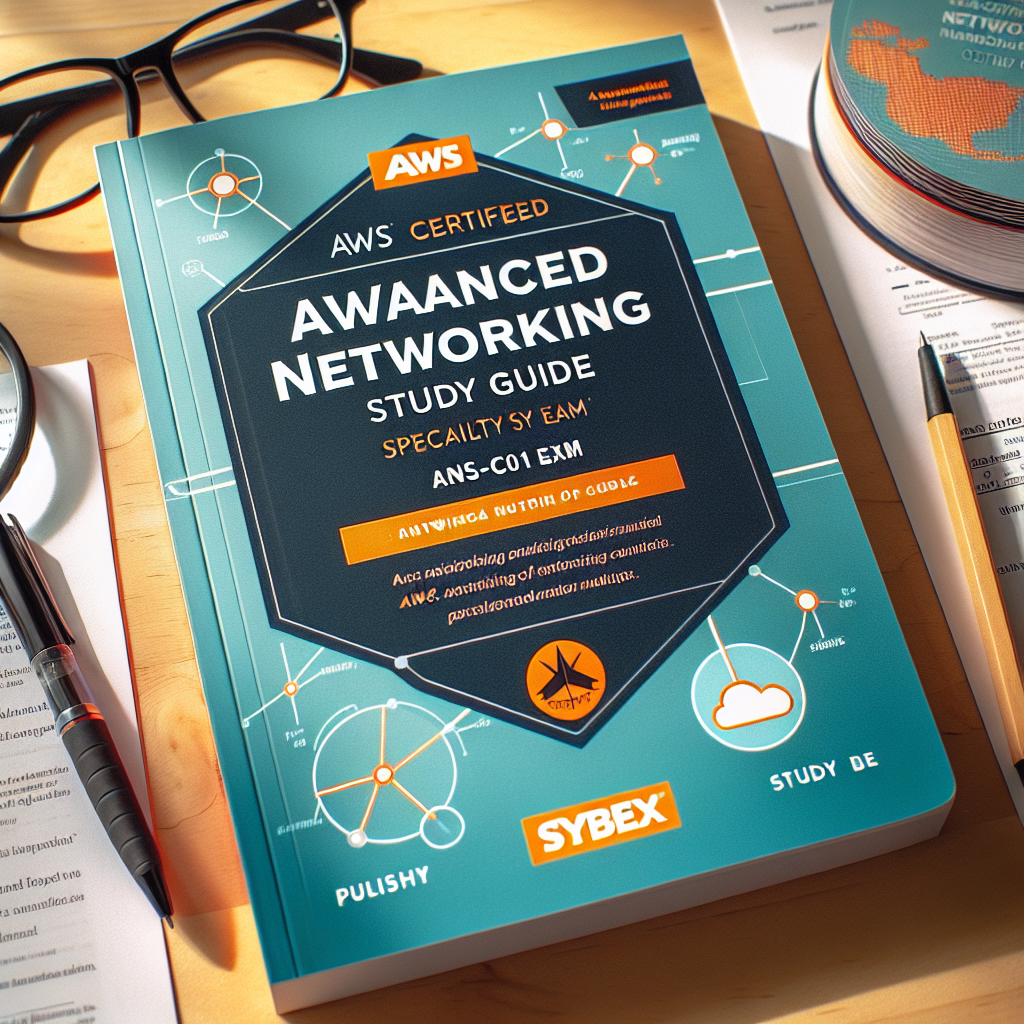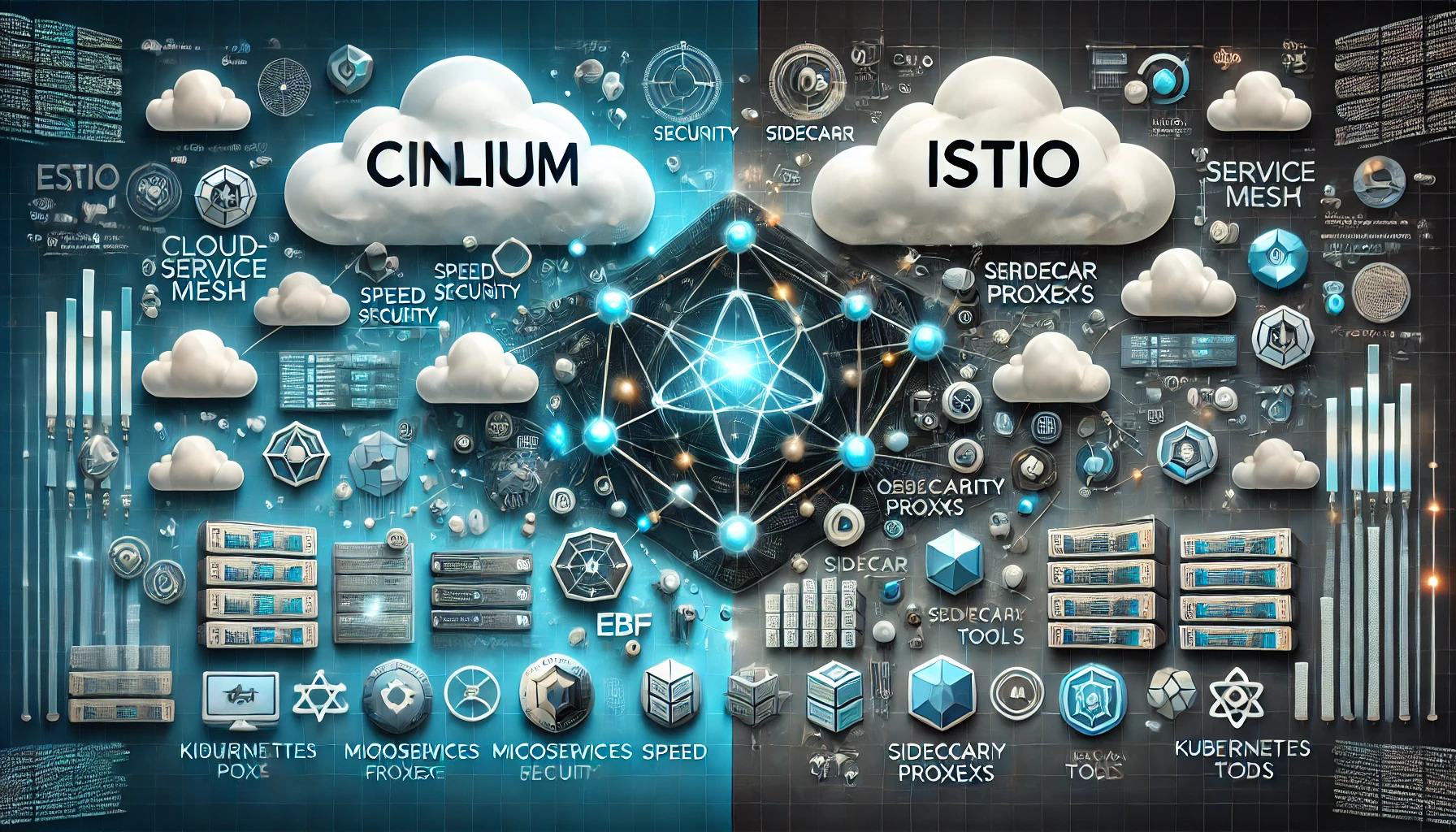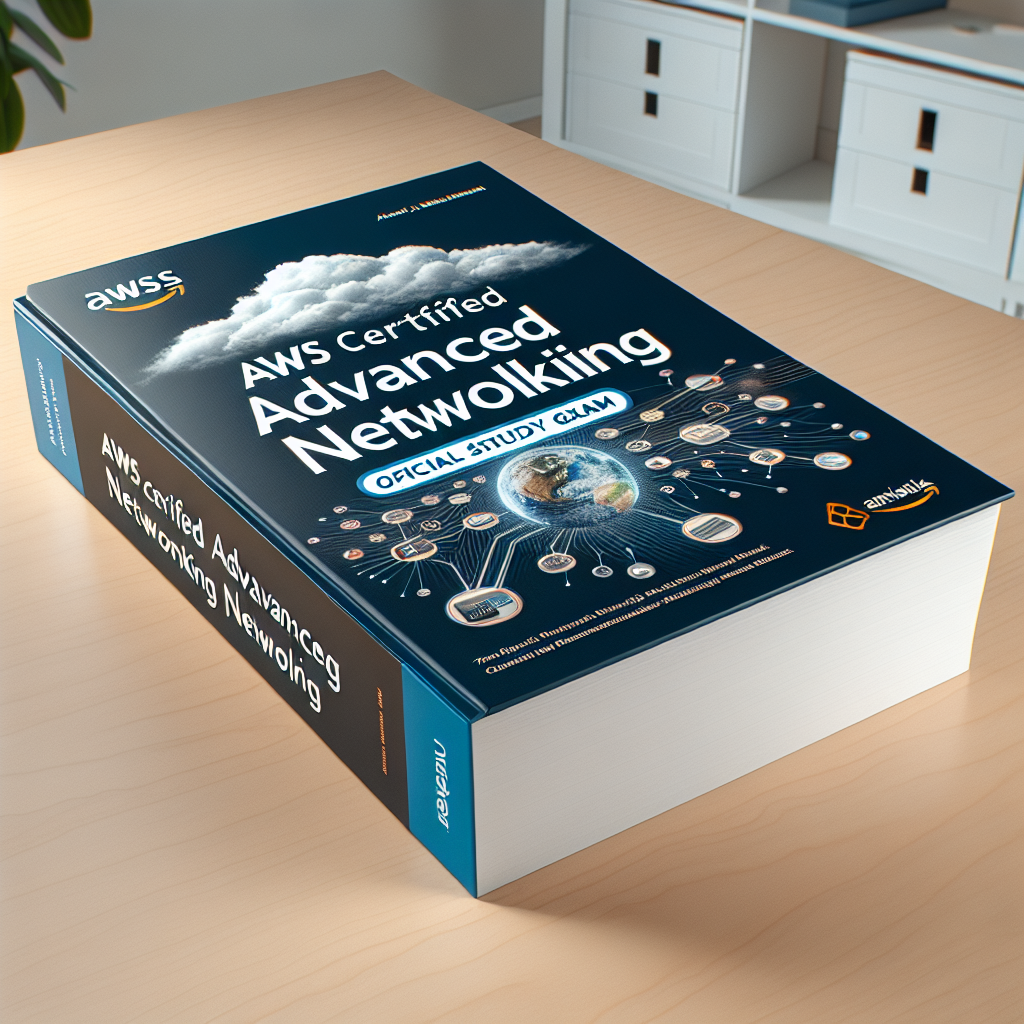
In today’s digital-first world, enterprises rely on seamless integration between multiple systems to drive efficiency, scalability, and innovation. Whether you’re connecting legacy systems, modern cloud services, or IoT devices, integration challenges can quickly become overwhelming. This is where Apache Camel comes into play.
Apache Camel is a powerful, open-source integration framework that simplifies the process of connecting various systems, applications, and services. With its lightweight architecture and developer-friendly design, Apache Camel has become a go-to solution for addressing complex integration scenarios.
Apache Camel is an enterprise integration framework that provides a standardized way to implement Enterprise Integration Patterns (EIPs). These patterns, popularized by Gregor Hohpe and Bobby Woolf in their book Enterprise Integration Patterns, offer proven strategies for solving integration challenges.
At its core, Apache Camel enables developers to define routing and mediation rules between endpoints using a domain-specific language (DSL) in Java, XML, Kotlin, or YAML. This simplifies the process of integrating disparate systems, as developers can focus on business logic rather than boilerplate code.
-
Support for Enterprise Integration Patterns (EIPs): Camel includes out-of-the-box support for EIPs, such as message routing, transformation, content-based routing, and more.
-
Wide Range of Components: Apache Camel provides over 300 pre-built components to connect to databases, message brokers, REST APIs, file systems, cloud services, and more. Popular components include Kafka, JMS, ActiveMQ, AWS, and HTTP.
-
Flexible DSL: Camel offers multiple DSLs (Java, XML, Kotlin, YAML) for defining integration routes, catering to developers with different preferences.
-
Lightweight and Extensible: Camel is lightweight and can run in standalone Java applications, Spring Boot, or modern microservices platforms like Quarkus. Its modular architecture makes it easy to extend.
-
Cloud-Native Ready: With modern enhancements, Camel now supports cloud-native integrations via Camel K, a Kubernetes-native extension for running integrations on containerized environments.
-
Observability and Resilience: Apache Camel integrates with tools like Prometheus, Grafana, and OpenTelemetry for monitoring and observability, ensuring your integrations are robust and reliable.
At the heart of Apache Camel are routes. A route defines how a message flows from one endpoint to another, applying transformations or processing steps along the way.
Here’s a simple example of a Camel route using Java DSL:
from("file:input")
.filter(body().contains("important"))
.to("jms:queue:importantMessages")
.to("file:output");
This route does the following: - Reads files from the input folder. - Filters messages containing the word “important.” - Sends those messages to a JMS queue named importantMessages. - Writes the filtered messages to an output folder.
With just a few lines of code, Camel handles the entire integration flow!
-
System-to-System Integration: Connect legacy systems, modern applications, and cloud services seamlessly.
-
Data Transformation: Transform data formats (e.g., XML to JSON) or apply custom mappings.
-
Message Routing: Route messages based on content, headers, or rules.
-
Event-Driven Architectures: Process events in real-time using message brokers like Kafka.
-
Cloud and SaaS Integration: Integrate with AWS, Azure, Salesforce, or other cloud services using Camel components.
-
ETL (Extract, Transform, Load): Build data pipelines to extract, process, and load data into target systems.
Apache Camel has evolved significantly since its inception. Camel 3 introduced a modular architecture, faster startup times, and better support for modern cloud environments.
With the rise of Kubernetes, Camel K extends Apache Camel into the cloud-native world. Camel K allows developers to run integration routes directly on Kubernetes, leveraging features like auto-scaling, CI/CD pipelines, and lightweight containerized deployments.
Here’s an example of a Camel K integration written in YAML:
apiVersion: camel.apache.org/v1
kind: Integration
metadata:
name: file-to-http
spec:
sources:
- content: |
from('file:input')
.to('http://example.com/api')
.log('File sent to HTTP endpoint: ${body}');
This integration watches for files in the input folder and sends them to an HTTP endpoint.
Apache Camel’s simplicity, flexibility, and powerful features make it a favorite among developers and enterprises. It minimizes the complexity of integrations while providing the scalability and reliability required for enterprise-grade solutions.
- Developer Productivity: Simplifies integration coding.
- Standardized Patterns: Ensures best practices with EIPs.
- Future-Ready: Adapts to modern cloud-native and microservices architectures.
Apache Camel continues to be a cornerstone of enterprise integration, offering a developer-friendly platform to tackle integration challenges of any scale. Whether you're connecting on-premise systems, building event-driven architectures, or deploying cloud-native integrations, Camel has you covered.
If you’re new to Camel, start small—build a simple route, explore its vast component library, and experiment with its cloud-native capabilities. Once you get the hang of it, you’ll see why it’s a game-changer for integration projects.
Are you using Apache Camel in your projects? Share your experiences and tips in the comments below!
